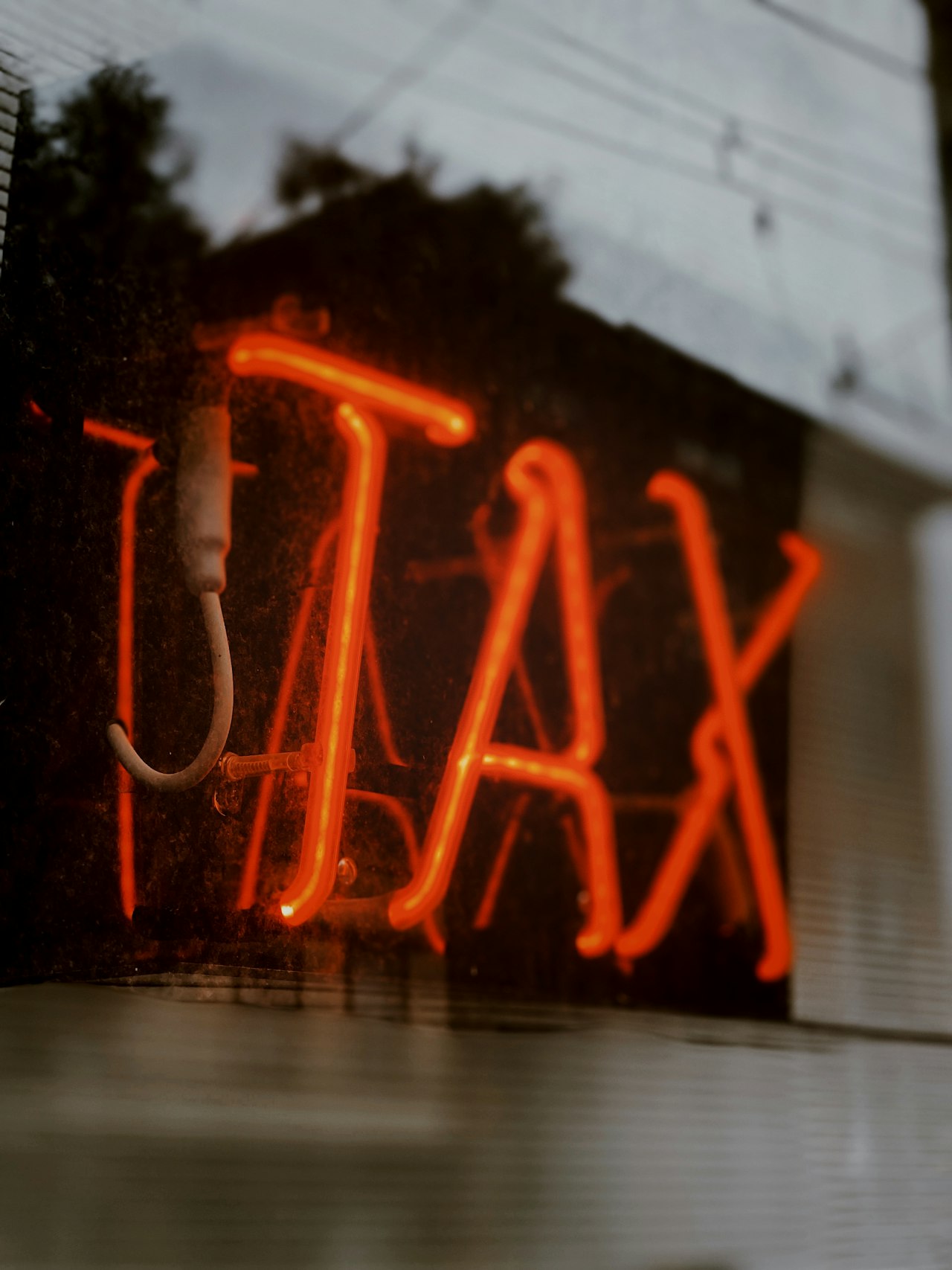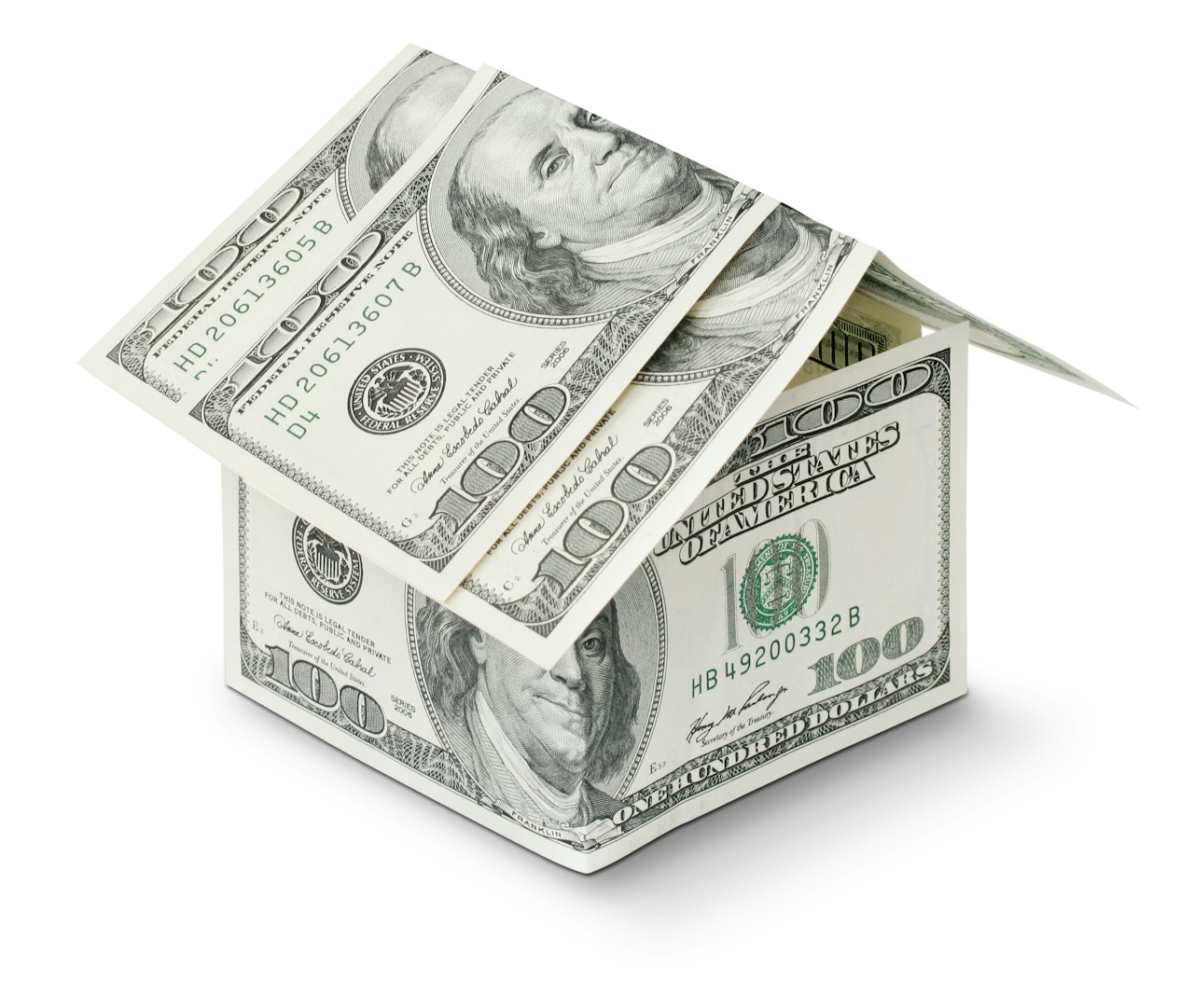In 2022, Los Angeles voters passed Measure ULA—a policy initiative designed to raise funds for low-income housing by taxing high-value property sales. Marketed as a “mansion tax,” the measure targets luxury real estate with the intent of creating a more equitable housing landscape. While the purpose was commendable, the implementation of Measure ULA has had unintended consequences that ripple across the city’s economy, housing supply, and tax base.
Now, after over a year in effect, it’s clear that Measure ULA is in need of serious reform. From drastically reduced property sales to stifled development, the policy has created more hurdles than housing. In this article, we examine the shortcomings of Measure ULA and explore actionable solutions to make it more effective and equitable for all Angelenos.
What is Measure ULA?
Measure ULA, officially adopted by Los Angeles voters in 2022, introduced one of the nation’s most aggressive real estate transfer taxes. Commonly referred to as the “mansion tax,” the law mandates a 4% tax on real estate sales above $5 million and a 5.5% tax on sales exceeding $10 million. Unlike traditional property taxes, this levy is imposed on the sale price—not the profit—and is paid by the seller.
The measure’s primary goal was to generate revenue—an estimated $600 million to $1.1 billion annually—for affordable housing and homelessness prevention programs. Supporters celebrated it as a bold step toward addressing L.A.’s growing housing crisis. However, the actual results have painted a much more complicated picture.
Why Measure ULA Isn’t Just a Tax on Mansions
Despite its branding, Measure ULA reaches far beyond the domain of luxurious estates. While the term “mansion tax” suggests a focus on ultra-wealthy homeowners, the policy affects nearly every type of high-value property in Los Angeles. This includes apartment complexes, hotels, shopping centers, soundstages, and office buildings—spaces integral to both the city’s residential and commercial life.
This broad scope has raised red flags among economists, developers, and property owners alike. A tax meant to target the luxury sector now risks penalizing the entire urban ecosystem, affecting properties where Angelenos live, work, and do business. The result? A chilling effect on investment and development at a time when the city desperately needs both housing and economic revitalization.
A Tax That Punishes Losses
One of the most problematic aspects of Measure ULA is that it taxes gross sale price, not net profit. This design flaw means that even property owners selling at a significant loss are still required to pay hefty transfer taxes. For instance, an office building that lost 90% of its value during the COVID-19 pandemic might still sell for $15 million—triggering an $825,000 ULA tax—despite the seller suffering a massive financial loss overall.
Meanwhile, a homeowner who purchased a property for $500,000 a decade ago and sells today for $1.5 million pays nothing under ULA. This inconsistency highlights the unfair burden on certain property types and undermines the principle of equitable taxation. By failing to consider actual profits, Measure ULA unintentionally punishes reinvestment and recovery in the real estate sector.
The “Cliff Effect” and Its Economic Distortion
Measure ULA also includes sharp tax thresholds—often referred to as “cliffs”—which create substantial economic distortions. Properties that sell for $5 million are exempt from the tax, but selling for just one dollar more ($5,000,001) incurs a $200,000 tax. The same disproportionate jump occurs at the $10 million mark, where the rate increases to 5.5%.
This structure encourages irrational market behavior, as sellers may actively try to keep sale prices below these thresholds to avoid significant tax liabilities. It’s a textbook case of poor tax design, where rigid limits inadvertently discourage legitimate, market-driven transactions. The effect is not just theoretical—real-world sales are being stalled, renegotiated, or cancelled because of these artificial cliffs.
Impact on High-Value Property Sales
Since the implementation of Measure ULA, Los Angeles has witnessed a dramatic 50% decline in high-value property transactions. This drop far exceeds comparable trends in surrounding areas of L.A. County, where similar tax policies are not in place. Despite broader market pressures like rising interest rates and construction costs, these conditions were consistent across the region, meaning the stark decline in the city is directly tied to ULA.
This contraction in sales doesn’t just hurt property owners and developers—it also diminishes liquidity in the real estate market and stifles investment in new projects. Properties that would otherwise have contributed to urban revitalization are now languishing, reducing the city’s competitiveness and slowing its economic recovery.
Shortfall in Projected Revenue
When Measure ULA was proposed, its backers estimated it would generate between $600 million and $1.1 billion annually to fund affordable housing initiatives. However, reality has fallen short—far short. Since its enactment, annual collections have averaged just $288 million, less than half of the lowest projection. This substantial gap between expectation and reality undermines the city’s ability to plan and fund housing projects reliably.
Lower-than-anticipated revenue isn’t just a missed opportunity—it’s a setback that delays critical services and shelters for those in need. The underperformance highlights the consequences of flawed policy design, where the very tax meant to fund housing inadvertently discourages the transactions it depends on to raise that funding.
Barrier to Housing Development
Measure ULA’s unintended consequences extend directly into the housing development pipeline. Most new multifamily housing projects require two key transactions: purchasing land and eventually selling the completed property. ULA’s transfer tax adds a costly burden to both ends of this process, making developers think twice before building in Los Angeles.
As a result, the city is seeing fewer new market-rate apartment projects break ground. This is especially troubling because many of these developments include affordable housing units in exchange for incentives like density bonuses. By discouraging development, ULA is actively shrinking the supply of new housing—just when the city needs it most.
Negative Impact on Affordable Housing Production
Perhaps the most ironic outcome of Measure ULA is that it is undermining the very thing it was designed to promote: affordable housing. According to conservative estimates, the tax has led to the loss of over 1,900 new housing units per year, including at least 160 affordable units that would have been provided without the need for public subsidies.
Meanwhile, the revenue generated from ULA since its inception is only enough to subsidize, at best, half of those lost affordable units. This means Los Angeles is effectively going backward in its efforts to provide housing for low-income residents. A tax aimed at creating equity is, in practice, fueling scarcity and deepening the housing crisis.
Commercial and Industrial Market Disruption
The impact of Measure ULA extends well beyond residential real estate. Large commercial and industrial property transactions have also slowed significantly, further straining Los Angeles’ economy. Office buildings, warehouses, and mixed-use developments are all subject to the same steep transfer taxes, making investors reluctant to buy or sell properties within the city.
This reduction in commercial activity not only hinders job creation and economic growth but also discourages the modernization of outdated properties. In a city striving to stay competitive and attract innovation, the chilling effect on commercial real estate transactions is a substantial and troubling side effect of ULA.
Undermining L.A.'s Property Tax Base
One of the less visible but equally damaging effects of Measure ULA is its impact on the city’s long-term property tax base. Under California law, local governments see the largest increases in property tax revenue when properties are reassessed at sale. These “step-ups” provide critical funding for public services like education, healthcare, and infrastructure.
Sales of properties over $5 million account for just 4% of transactions but contribute more than 40% of growth in L.A.’s property tax base. As ULA disincentivizes these high-value transactions, it slows the rate at which properties are reassessed, stalling much-needed growth in local revenue. Over time, this means less funding for everything from schools to safety-net programs—hurting communities citywide.
Policy Reform is Possible Despite City Council Limitations
Measure ULA’s ballot language includes strict limitations on the Los Angeles City Council’s ability to amend or revise the law. However, there is a path forward: state-level intervention. In California, the state government holds significant authority over local taxation policy, especially when it intersects with broader goals like housing affordability and fiscal stability.
Targeted state legislation could amend ULA to reduce its negative side effects while preserving its core objective—raising funds for affordable housing. Reforming the policy doesn’t require abandoning its mission. Rather, thoughtful adjustments could transform ULA into a more effective, fair, and sustainable solution for Los Angeles’ housing challenges.
Smart Fixes for Measure ULA
Measure ULA can still be a powerful tool for supporting affordable housing—but only if it’s restructured intelligently. Several common-sense reforms could help mitigate its unintended damage while preserving its revenue-generating purpose.
- Restricting the tax to single-family homes: This would make ULA a true “mansion tax,” narrowing its impact and shielding commercial and multifamily properties essential for economic growth and housing supply.
- Implementing marginal tax rates: Instead of punishing sellers with massive taxes for crossing a dollar threshold, a graduated tax structure—similar to income taxes—could smooth out the impact and reduce economic distortion.
- Exempting long-held or unimproved properties: Focusing ULA on windfall sales, such as those that haven’t occurred in decades, could maintain funding goals while reducing harm to the development pipeline.
These solutions strike a balance between maintaining vital housing funds and encouraging a healthy, functioning real estate market.
Aligning Housing Policy with Economic Recovery
In the wake of the January wildfires and amid ongoing economic uncertainty, Los Angeles needs housing and fiscal policies that support—not hinder—growth and recovery. Measure ULA, in its current form, presents a major obstacle to both. By increasing transaction costs and suppressing development, it contradicts broader efforts to build new homes and stimulate job creation.
A reformed ULA could still meet its original mission—supporting low-income renters—while also empowering developers, landlords, and small business owners to reinvest in the city. Smart policy should foster collaboration between the public and private sectors, creating incentives for inclusive, long-term economic development.
Conclusion: A Better Path Forward for L.A.
Los Angeles stands at a critical crossroads. Measure ULA was born out of a real need for housing solutions and public investment—but its flawed structure is now costing the city more than it’s delivering. With fewer transactions, diminished tax revenue, and reduced housing development, the measure is creating barriers rather than breakthroughs.
Thoughtful reform—whether through city leadership or state legislation—can breathe new life into ULA. By targeting true luxury sales, implementing marginal tax rates, and eliminating counterproductive “cliff” effects, Los Angeles can reclaim the balance between economic vitality and housing equity. Done right, the mansion tax could live up to its promise: more affordable homes, a stronger economy, and a brighter future for all Angelenos.
Need Help Understanding Your Property’s Value?
Whether you're considering selling or just curious about your home's current market value, it's essential to have accurate data and expert insights—especially in today's evolving market shaped by policies like Measure ULA.
At Frongate Real Estate, we’re here to help you navigate your real estate decisions with confidence. Instantly find out your home's worth by using our professional home valuation tool. It’s fast, easy, and completely free.
👉 Click here to get your personalized home value report
Meet Dana & Jeff: The Powerhouse Duo Behind Frontgate Real Estate
Dana Olmes and Jeff Biebuyck are industry leaders and the dynamic founders of the Frontgate Real Estate Team at Compass. Ranked among the top 1% of agents in the country, their expertise, strategic marketing, and negotiation skills have positioned them as trusted advisors to high-net-worth individuals, celebrities, and corporate executives.
Their success is built on:
🏆 A combined 40+ years of experience in luxury real estate
📈 Billions of dollars in closed transactions
🌟 A powerful national network, including experts in sports & entertainment real estate
💡 Innovative marketing strategies and advanced prop-tech integration
Their white-glove service and client-first approach have earned them a stellar reputation, with the majority of their business coming from referrals and repeat clients. Whether buying or selling, Dana and Jeff provide unparalleled expertise in the Calabasas luxury market.
































































































